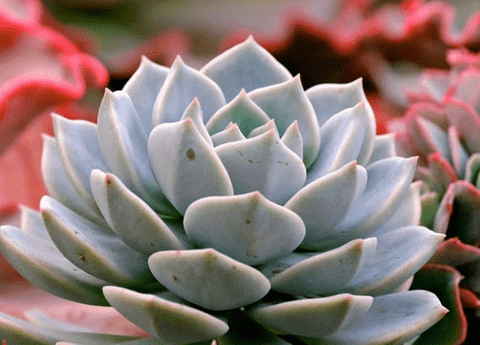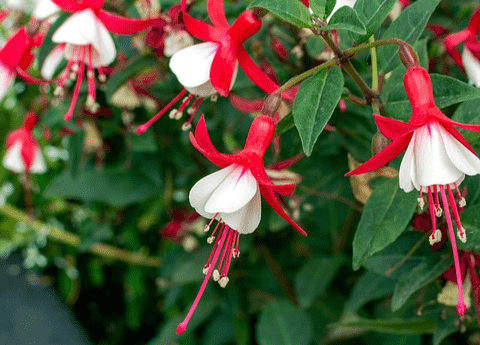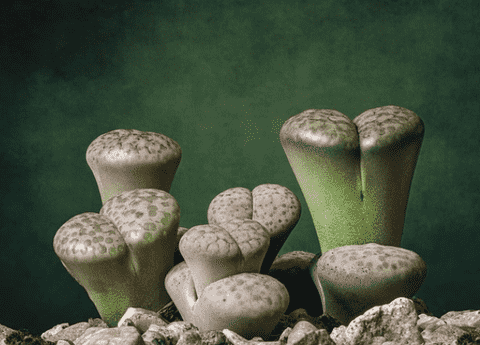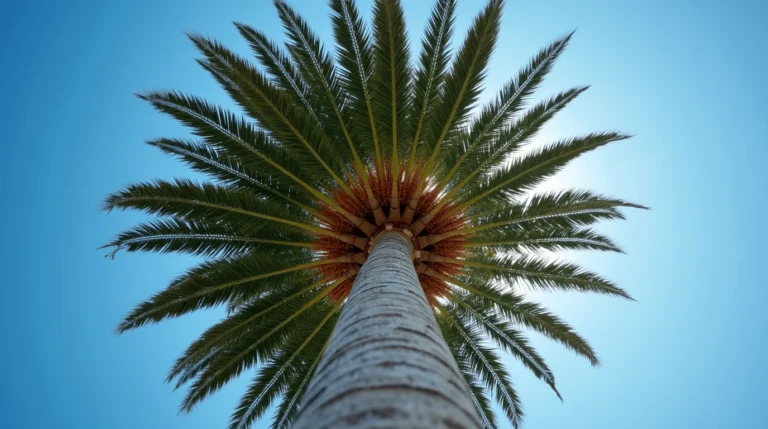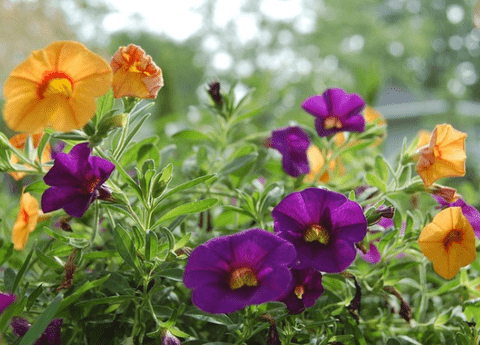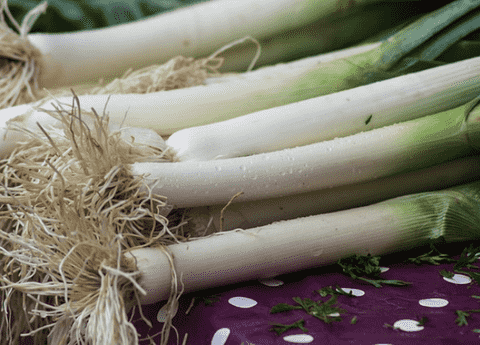How to Grow Succulents: Essential Care Instructions for Beginners
Table of Contents
Growing succulents can be a rewarding and enjoyable experience for both novice and seasoned gardeners. These resilient plants are known for their striking appearance and low maintenance needs, making them an ideal choice for beginners. In this guide, we will delve into the essential care instructions for succulents, covering everything from soil selection to watering techniques. By following these tips, you will be well on your way to cultivating a thriving succulent garden that brings beauty and tranquility to your space.
Choosing the Right Succulents
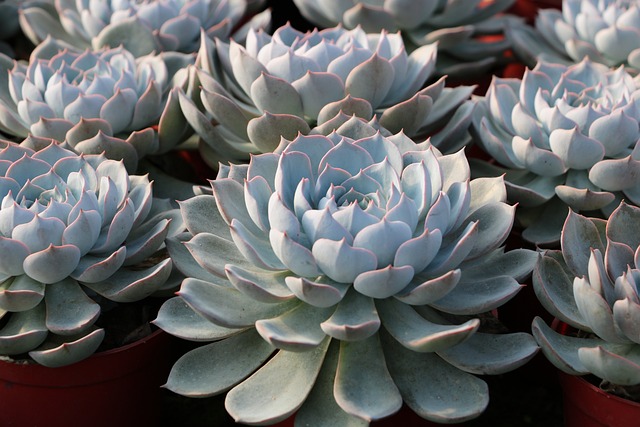
Best Succulent Varieties for Beginners
For beginners, some succulent varieties are easier to care for due to their hardiness and adaptability. One of the top choices is the Echeveria, known for its rosette shape and vibrant colors. Another excellent option is the Aloe Vera, which not only looks appealing but also has medicinal properties. The Jade Plant is also popular for its thick, glossy leaves and can thrive in various conditions. Haworthia, with its distinctive striped leaves, is another beginner-friendly succulent that requires minimal care. Lastly, the Zebra Plant is both visually striking and resilient, making it perfect for those new to succulent gardening. Starting with these varieties can help you build confidence and ensure success in your succulent-growing journey.
Factors to Consider When Buying
When purchasing succulents, several factors can influence your success in growing them. First, consider the climate of your area; some succulents are better suited for indoor environments, while others thrive outdoors. Next, inspect the plant’s health by checking for signs of pests or diseases, such as discolored leaves or unusual spots. The size of the succulent is also important; smaller plants may require more initial care, while larger ones are typically more established. Additionally, look for well-established roots, as this can indicate a healthy plant. Lastly, consider the potting mix and container; succulents need well-draining soil and containers with drainage holes to prevent root rot. By keeping these factors in mind, you can choose succulents that are more likely to flourish under your care.
Where to Purchase Quality Plants
Finding quality succulents is crucial for starting your gardening journey on the right foot. Local nurseries and garden centers are excellent places to purchase succulents, as they often offer plants that are well-suited to your local climate. Additionally, these venues typically provide knowledgeable staff who can offer care tips and recommendations. Online retailers are another great option, especially if you are looking for specific varieties that may not be available locally. Websites like Mountain Crest Gardens and Leaf & Clay specialize in succulents and deliver healthy plants right to your door. Farmers’ markets and plant swaps are also worth exploring, as they can be sources of unique and well-cared-for plants. Always make sure to read reviews and check the reputation of the seller to ensure you are getting high-quality succulents.
Caring for Your Succulents
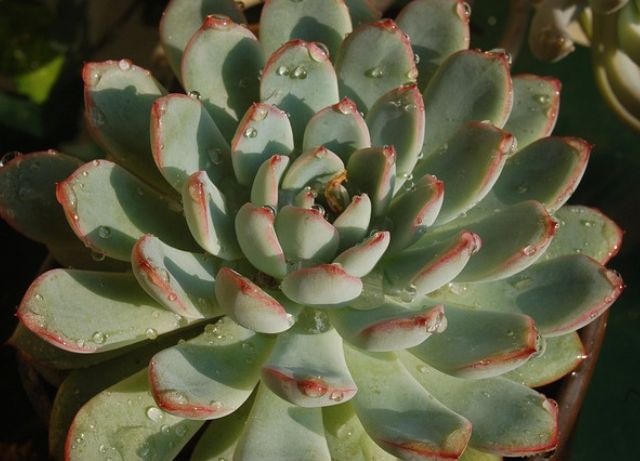
Watering Techniques and Tips
Proper watering is essential for succulent health. A frequent error in gardening is over-watering, which can result in root rot. Instead, use the “soak and dry” method: thoroughly water the soil until excess water drains out, then let the soil dry completely before watering again. This mimics the natural environment of succulents, which are adapted to withstand periods of drought. Water less frequently during dormant periods, typically in winter, and more during active growth phases in spring and summer. Always water the soil directly, avoiding the leaves, to prevent mold and rot. Also, make sure your pot has drainage holes to let the excess water drain out. By following these watering techniques, you can maintain a healthy moisture balance for your succulents, promoting robust growth and vibrant foliage.
Ideal Lighting Conditions
Succulents thrive in bright, indirect light. Ideally, place your succulents near a south or east-facing window where they can receive plenty of sunlight without being exposed to intense, direct midday rays that can scorch their leaves. If natural light is insufficient, consider using grow lights to supplement their lighting needs. Most succulents require about six hours of light per day to maintain their vibrant colors and robust growth. However, be cautious of overexposure; too much direct sunlight can cause sunburn, characterized by brown or white patches on the leaves. Periodically rotate your plants to ensure they receive light evenly and to prevent them from leaning towards the light source. By providing the right lighting conditions, you can ensure your succulents remain healthy and visually appealing.
Soil and Potting Essentials
Choosing the right soil and pot is crucial for succulent care. Succulents need well-draining soil to prevent root rot, which can be fatal. Commercial cactus or succulent potting mixes are excellent options as they are formulated to offer the right drainage and aeration. Alternatively, you can create your own mix by combining regular potting soil with sand, perlite, or pumice in a 2:1:1 ratio. Choose a pot with drainage holes to ensure excess water can drain out. Terracotta pots are particularly beneficial as they are porous, helping the soil dry out faster. Avoid using pots that lack drainage holes, as they can retain water and cause root rot.
proper soil and potting conditions, you provide your succulents with the foundation they need to thrive.

